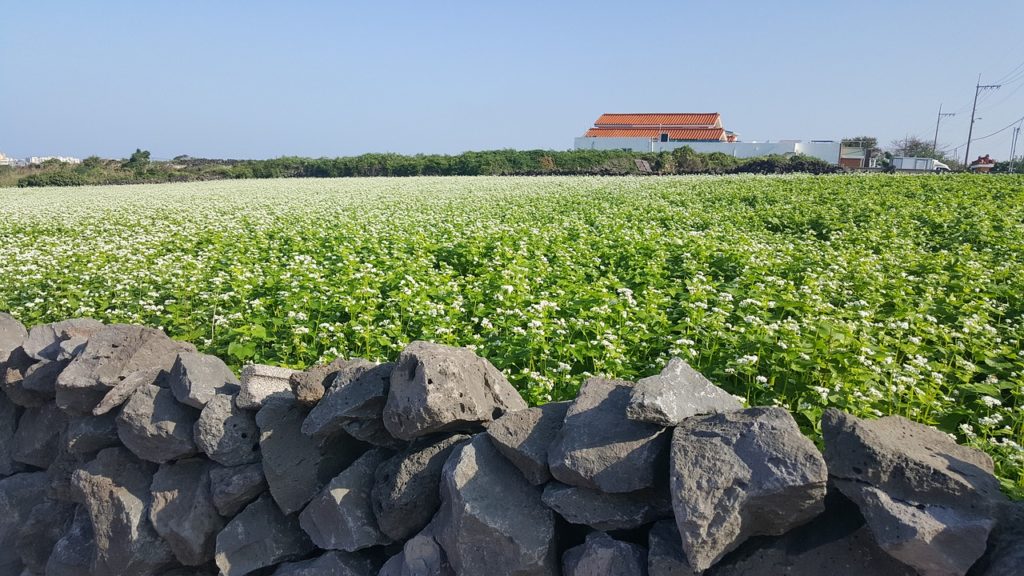How to choose the best cover crops for your land

By keeping roots in the ground through the off-season, cover crops offer seasonal farmers and homesteaders a wide range of benefits, from soil health to weed control. If you have decided to add cover crops to your crop rotation, the next step is to figure out what the best cover crops are for your farm or homestead.
A number of factors help determine the best cover crops for your land, including your local climate, the needs of your soil and the time and labor you have available to expend on cover cropping.
Here are three basic steps to help you decide what the best cover crops are for you.
Step 1: Ask local sources
As with most land-based inquiries, the best sources of information are geographically specific. Ask local sources for the types of cover crops they recommend for your area.
“Just because a cover crop grows well in one place doesn’t mean it will grow well in another,” said Christina Curell, cover crop and soil health educator at the Michigan State University Extension. “You want to find a good local resource.”
Curell said that regions throughout the United States have formed their own cover crop councils where you can direct your cover crop questions. She is part of the Midwest Cover Crop Council, but there is a Northeast Cover Crop Council and Southern Cover Crop Council as well.
Local farmers who have experience with cover crops are also an excellent resource.
“Farmer network groups and county [cooperative] extension agents are really good, but I find the best thing is to learn from other farmers and use their trial and error to help you make decisions,” said Trenton Roberts, assistant professor and soil fertility extension specialist at the University of Arkansas. “Farmer-to-farmer resources are some of the best opportunities to learn.”
Step 2: Determine the needs of your land
Many farmers choose cover crops based on the needs of their land.
“You need to narrow it down based on what the field needs,” explained Dean Baas, sustainable agricultural educator at the Michigan State University Cooperative Extension.
Different cover crops have distinct advantages.
“If you need some nitrogen, grow a legume like red clover, crimson clover, winter peas or hairy vetch,” Baas said. “If you’ve got a compaction problem, grow something like a radish. If you’re concerned about erosion, grasses are best for that.”
Curell said that some farmers — particularly urban homesteaders with picky neighbors — may want to consider something else for their cover crops: aesthetics.
“We have some cover crops that are frankly beautiful,” she said. “Crimson clover is one of those cover crops that is so pretty. The neighbors love it and the bees love it.”
Step 3: Figure out when you can plant — and kill — your cover crops
Look at your crop rotation figure out when you will add your cover crop into it. Pick a cover crop that lines up with your timing.
“Look at your crop rotation plan and figure out what time of year you’ll have windows to do cover cropping,” said Jason Lilley, sustainable agricultural professional at the University of Maine Cooperative Extension. “Look at those two factors — time of year and the goals — and that helps you to identify the species that you’ll plant.”
Lilley said that the go-to cover crop for Mainers is winter rye.
“Winter rye is very quick to germinate and hardy to the cold,” Lilley said. “It survives the winter and grows in the springtime for good coverage.”
Lilley said that there is a lot of interest and research going in to cover crop mixes, or planting several types of cover crops at the same time to reap the maximum benefits.
“Especially when we’re talking about fixing nitrogen, we got hairy vetch, clover and field peas,” Lilley explained. “Each one does better at different types of the year. Those types of plants that are going to fix your nitrogen don’t go very aggressively. If you plant them out there by themselves, you’re going to get a lot of weeds.”
If your cover crops do not die during the winter, you also must know when — and how — you are going to kill and remove your cover crop so that they do not set seeds. The labor and equipment you have available for this step may impact the cover crop you ultimately choose.
“One thing I’ll recommend for farmers with limited equipment [who are planting their cover crops] in the summertime is to plant buckwheat because you can easily chop that down with a weed whacker,” Lilley said.
For Maine farmers with less equipment, Lilley recommended tillage radish and peas mixed in with oats, which will die during the winter.
“You plant in late August or early September,” Lilley said. “In springtime, you don’t have to worry about killing it.”
For small farmers and homesteaders, no matter where they are, Baas said there is an easy universal cover crop: oats.
“It will winter kill. It’s easy, it’s simple, it’s cheap and it gives you ground cover and roots in the soil,” Baas said. “Just had spread some oats out there and let them grow. Next spring, they will be dead. It’s cover crops 101.”
